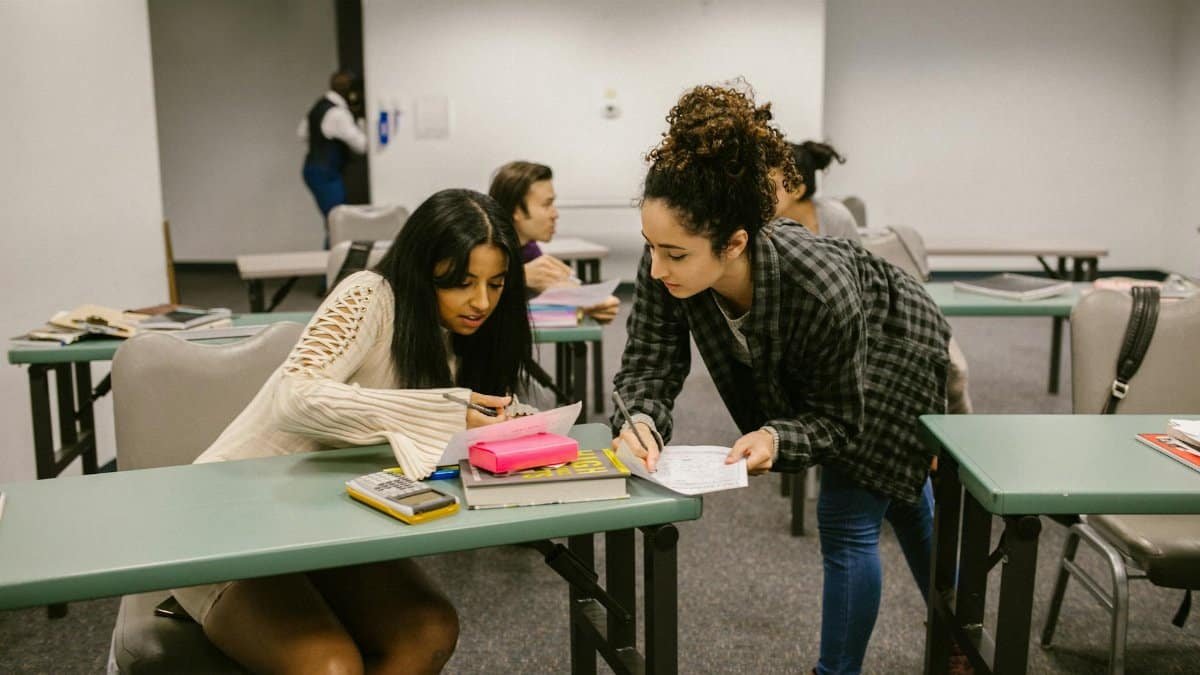New data shows 40% of college students report chronic overthinking, but mindfulness healing clarity through self-inquiry is turning the tide. According to a recent survey by the American Psychological Association, more young adults are adopting these practices to regain focus amid academic pressures. This approach isn’t just buzz; it’s a practical tool helping students navigate stress, fostering calm and decision-making prowess. As U.S. campuses see rising mental health concerns, self-inquiry emerges as a key strategy for healing clarity, empowering learners to break free from rumination cycles.
What Is Self-Inquiry in Mindfulness?
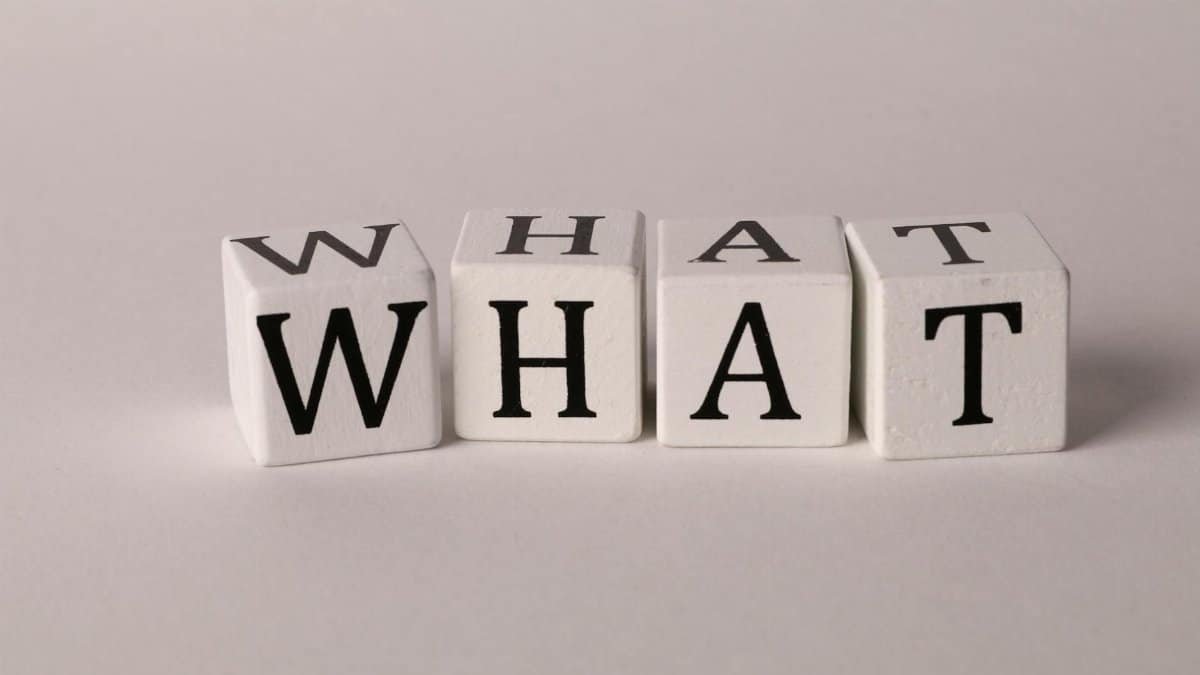
Self-inquiry forms the backbone of mindfulness healing clarity. It involves asking probing questions about one’s thoughts and emotions without judgment. Students learn to observe their mental patterns, identifying triggers that lead to overthinking. This method draws from ancient philosophies but fits modern life. By pausing to question “Why am I fixating on this?” individuals gain insight. Experts say it builds emotional resilience. For instance, a quick daily check-in can shift perspectives, reducing anxiety. Resources from the American Psychological Association on mindfulness highlight how such practices enhance cognitive function.
How Overthinking Affects Student Performance
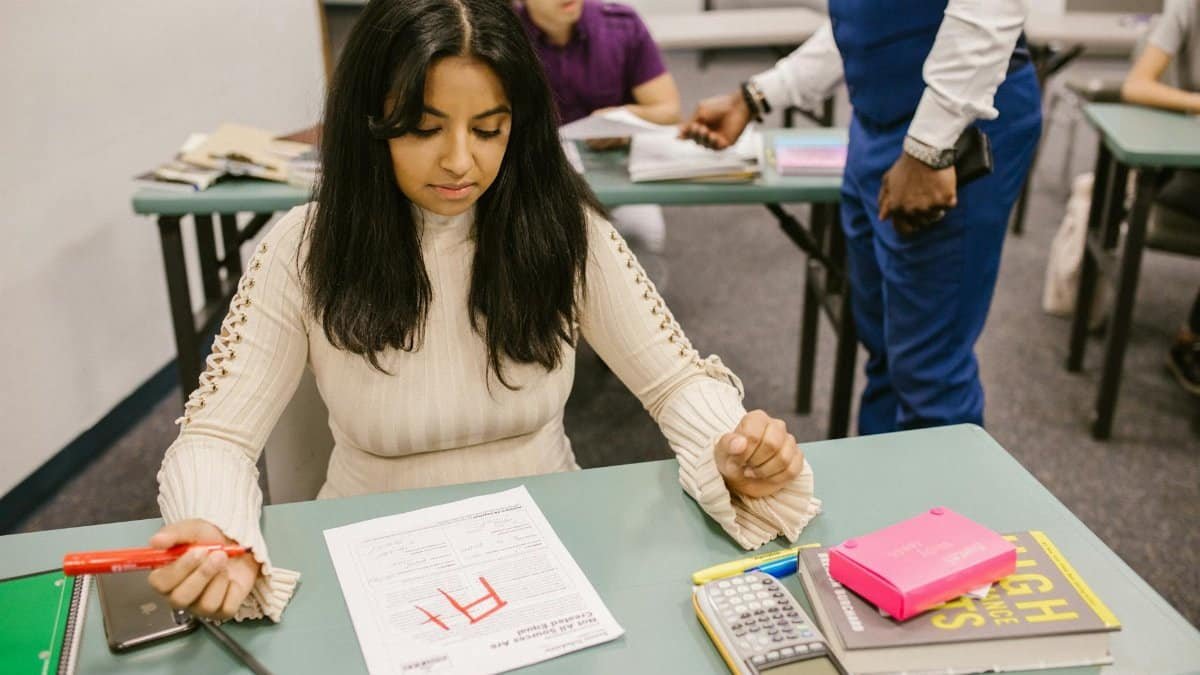
Overthinking plagues students, leading to procrastination and poor grades. It creates a loop where worries about exams or social interactions snowball. Research indicates this habit disrupts sleep and concentration, with many reporting burnout. In the U.S., where competitive education systems amplify stress, overthinking exacerbates mental health issues. Self-inquiry counters this by promoting mindfulness healing clarity, helping students refocus on the present. A study from Harvard University notes that unchecked rumination correlates with lower academic achievement. Addressing it early can prevent long-term setbacks.
Steps to Start Self-Inquiry Practices

Beginning self-inquiry is straightforward for students. Start with five minutes daily, sitting quietly and noting thoughts. Ask simple questions like “Is this thought helpful?” or “What evidence supports this fear?” Journaling amplifies the process, tracking patterns over time. Integrate it into routines, such as before studying. Apps and campus workshops often guide beginners. This builds mindfulness healing clarity, transforming vague worries into actionable insights. Consistency matters; even brief sessions yield results, as supported by findings from the National Institutes of Health on mindfulness meditation.
Real-Life Benefits for Focus and Calm

Students using self-inquiry report sharper focus and greater calm. One college junior shared how questioning her perfectionist tendencies reduced exam anxiety, leading to better scores. This aligns with broader trends where mindfulness techniques improve attention spans. In fast-paced U.S. universities, such practices help balance coursework and extracurriculars. Healing clarity emerges as thoughts clarify, allowing decisive action. Educators note fewer distractions in class among practitioners. Overall, it fosters a balanced mindset, essential for thriving in demanding environments.
Common Challenges and How to Overcome Them
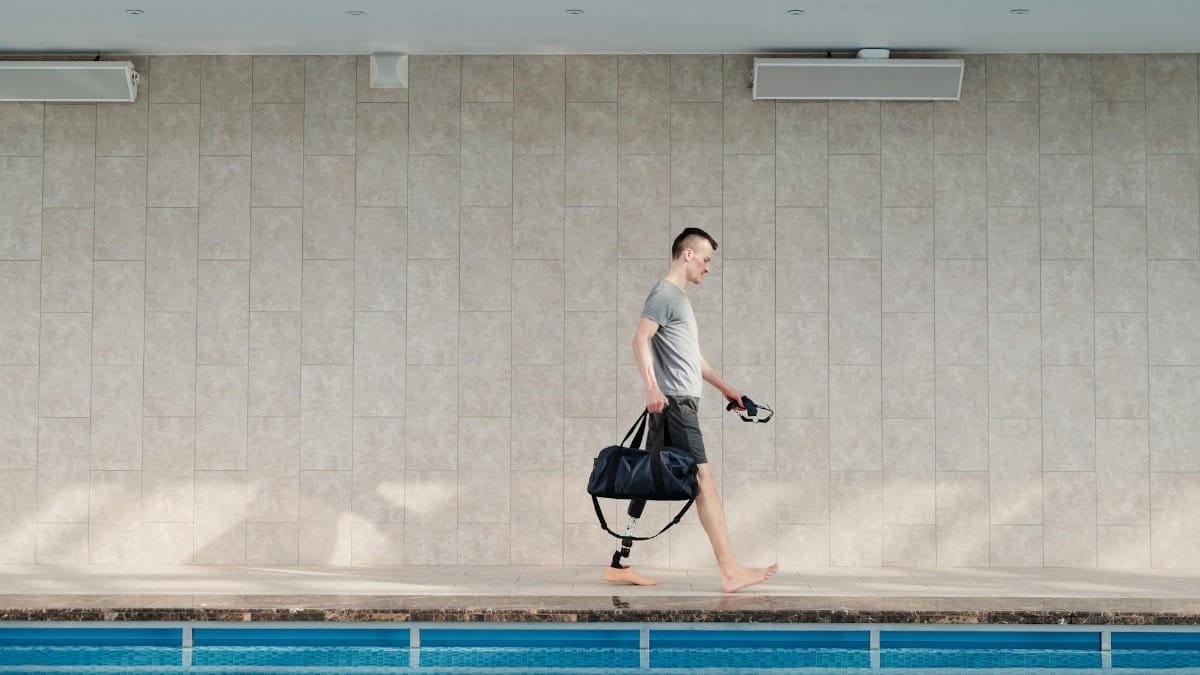
Not everyone masters self-inquiry instantly. Distractions and skepticism pose hurdles. Students might feel awkward questioning their thoughts at first. To overcome, start small and seek peer support through campus groups. Doubt can fade with evidence of progress, like reduced stress levels. Another challenge is consistency amid busy schedules, but setting reminders helps. Mindfulness healing clarity requires patience; setbacks are normal. Guidance from mental health professionals can address deeper issues, ensuring sustainable practice.
Integrating Self-Inquiry with Daily Student Life

Blend self-inquiry into everyday routines for maximum impact. During commutes or breaks, reflect on recent thoughts. Before assignments, inquire about underlying fears to boost productivity. Group study sessions can include shared inquiry, building community. In 2025, with rising digital distractions, this integration proves vital. Students find it enhances relationships by clarifying communication. Ultimately, it weaves mindfulness into academia, promoting long-term well-being and clarity.
Expert Insights on Long-Term Effects

Psychologists emphasize self-inquiry’s lasting benefits. Dr. Elena Ramirez, a U.S. mindfulness expert, states, “It rewires the brain for better emotional regulation.” Studies show reduced overthinking correlates with lower depression rates. For students, this means sustained academic success and personal growth. Over time, practitioners experience heightened self-awareness, aiding career decisions. In America’s evolving education landscape, such tools are indispensable. Research from the University of California supports these claims, linking inquiry practices to improved life satisfaction.
Comparing Self-Inquiry to Other Mindfulness Techniques
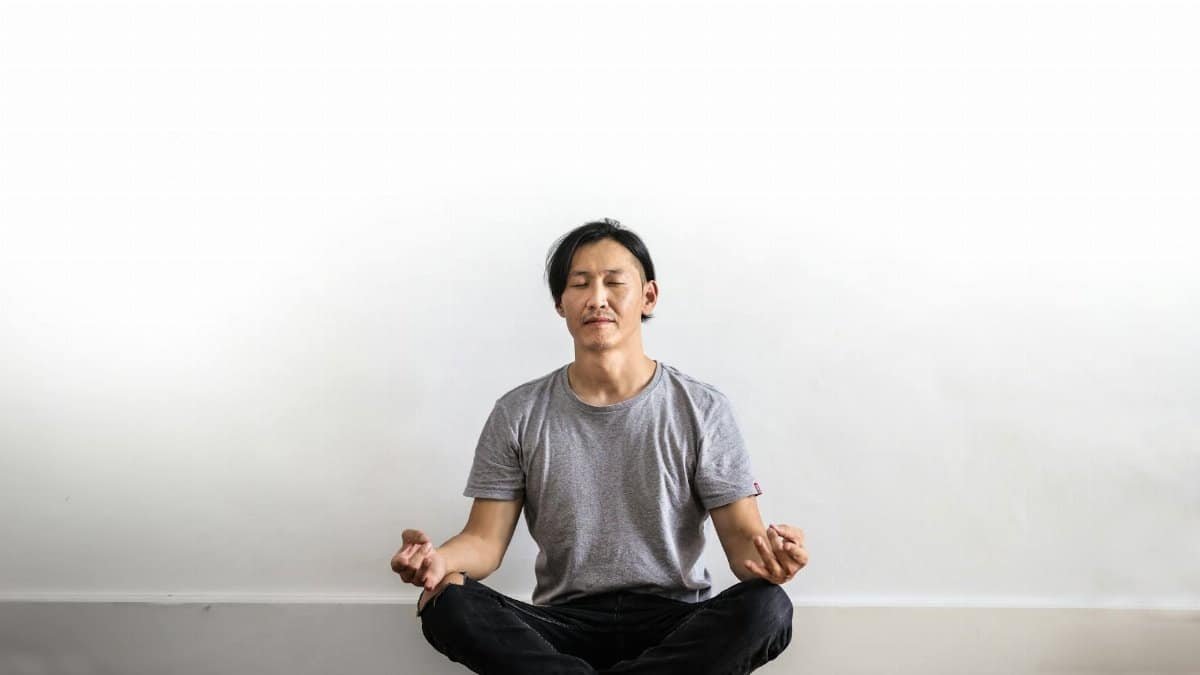
Self-inquiry stands out among mindfulness methods like meditation or yoga. While those emphasize breath or movement, inquiry directly tackles thought patterns. It’s more introspective, suiting analytical students. However, combining them amplifies effects. For overthinking, inquiry provides targeted relief, unlike general relaxation techniques. U.S. surveys reveal higher adoption rates for hybrid approaches. This versatility makes it accessible, fostering comprehensive healing clarity without overwhelming beginners.
Encouraging Campus-Wide Adoption

Universities are pushing self-inquiry programs to combat student stress. Initiatives include workshops and apps tailored for academia. Administrators recognize its role in mental health support. In 2025, expect more integration into curricula. Student testimonials drive momentum, with groups forming to share experiences. This collective effort normalizes mindfulness healing clarity, reducing stigma around seeking help. Broader adoption could transform campus cultures, prioritizing well-being alongside achievement.
